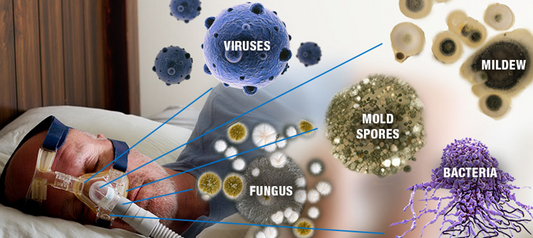Sleep bruxism, the medical term for nocturnal teeth grinding, occurs when an individual clenches and grinds their teeth during sleep, and sometimes even during the day. Classified as a movement disorder, bruxism is quite common, affecting approximately 8% of the Australian adult population. This condition is prevalent in both adults and children, with no significant differences in rates between males and females.
Dangers of Bruxism
Teeth grinding can severely impact oral and dental health. If undiagnosed and untreated, it can lead to gum disease and tooth loss. While occasional teeth grinding might not cause harm, severe bruxism inevitably results in dental damage, facial pain, and disrupted sleep. This can cause daytime sleepiness due to fragmented sleep or frequent awakenings. Bruxism is also associated with sleep apnoea, snoring, and other night-time movement disorders.
Causes of Bruxism
The exact causes of bruxism remain unspecified, but studies suggest links to alcohol consumption, cigarette smoking, caffeine intake, and fatigue. If lifestyle factors contribute to an individual’s bruxism, lifestyle changes may alleviate the condition. However, bruxism is also linked to snoring, sleep apnoea, and jaw misalignment, necessitating professional intervention. Evidence shows that treating sleep apnoea can help reduce teeth grinding in affected individuals.
Risk Factors
Several risk factors increase the likelihood of bruxism, including personality type, certain medications, family history, age, and other mental and medical health conditions such as dementia, Parkinson’s disease, epilepsy, gastroesophageal reflux disorder (GERD), attention deficit hyperactivity disorder (ADHD), night terrors, and other sleep-related disorders.
Signs and Symptoms
Common signs and symptoms of bruxism include:
- Teeth clenching and grinding during sleep, often loud enough to wake a sleep partner.
- Teeth that appear loose, chipped, fractured, or flattened.
- Exposed tooth enamel.
- Tooth sensitivity.
- Tight or tired jaw muscles, clicking or a locked jaw.
- Soreness or pain in the face, neck, and jaw.
- Earache not related to an ear problem.
- Damage to the inside of the cheek from chewing.
- Dull headaches, particularly in the temple area.
- Disrupted sleep.
Diagnosis and Treatment
A clinical diagnosis of bruxism is based on the patient's history and symptoms, typically provided by a certified dentist or oral care provider. This diagnosis often relies on the observed damage to the patient’s teeth. While polysomnography is not initially required, a sleep study is beneficial for assessing any connections between bruxism and sleep apnoea or other movement or sleep disorders, such as periodic limb movement disorder or restless leg syndrome. A sleep study can also determine the extent of sleep disruption experienced by the patient and identify any links to epilepsy or other seizure-related activities during sleep.
Treatment for bruxism varies depending on its underlying cause. If related to excessive caffeine, alcohol, smoking, or late nights, lifestyle modifications or behavioural changes may be effective. For bruxism associated with sleep apnoea, consultation with a certified sleep doctor for CPAP therapy is recommended. In severe cases involving stress, anxiety, or movement disorders, a healthcare provider might prescribe an antidepressant or muscle relaxant.
A dentist may prescribe a mouth guard to be worn during sleep to protect the teeth from further damage. Additionally, practising good sleep hygiene and habits is highly advised.
Below is an infographic to better explain bruxism.
Teeth Grinding Guide created by Schererville & Chesterton Family Dentistry.
Call us at 1300 750 006 for enquiries about sleep apnoea and CPAP therapy.






















